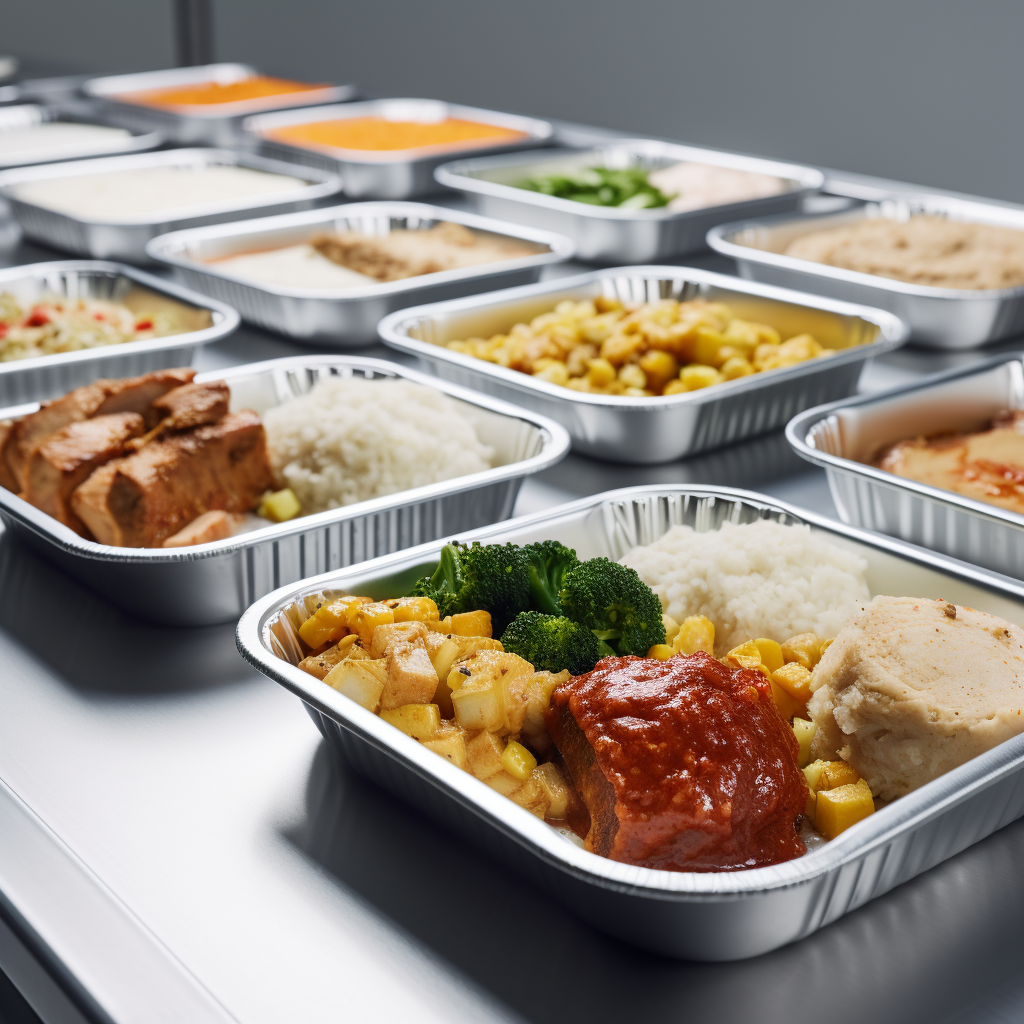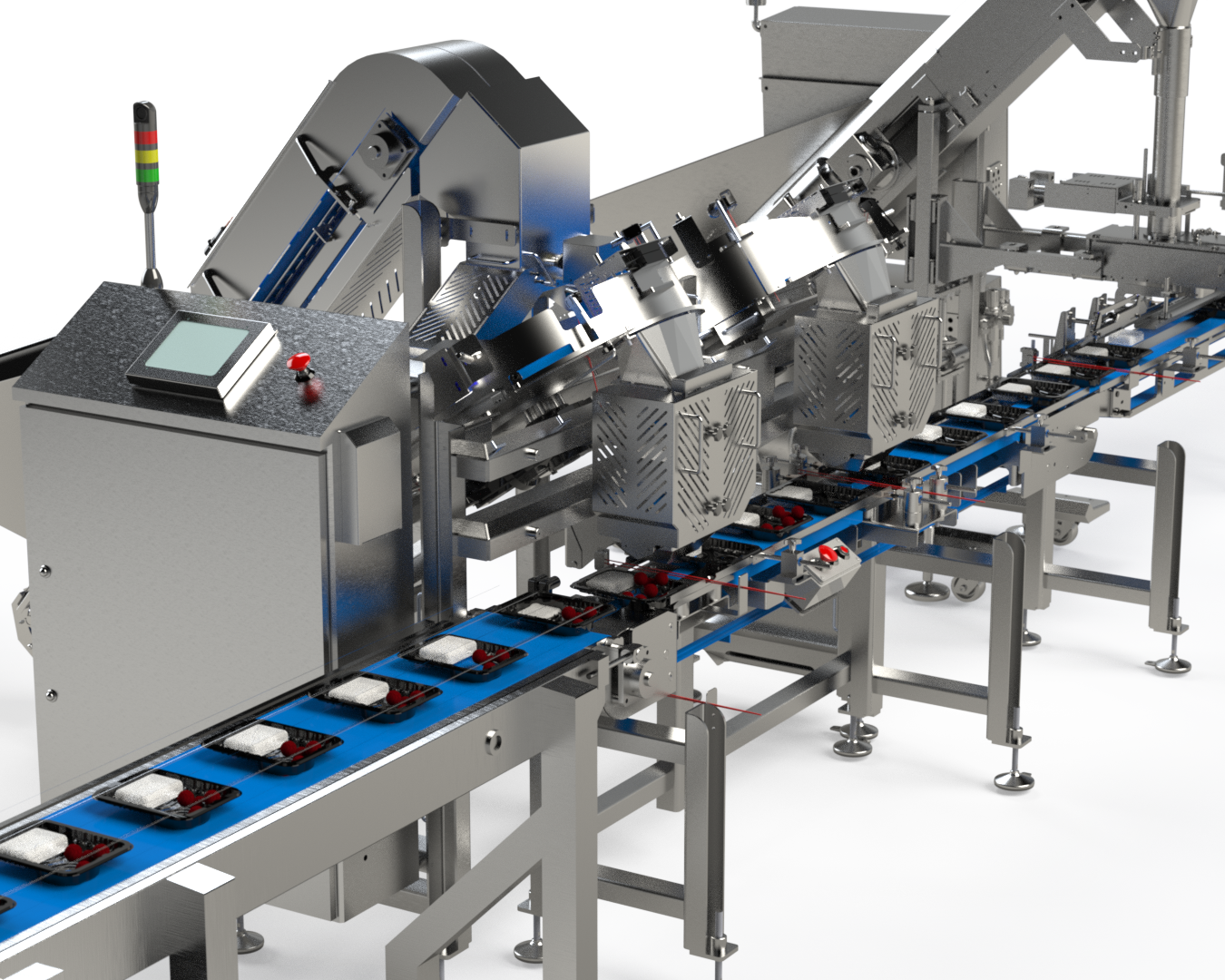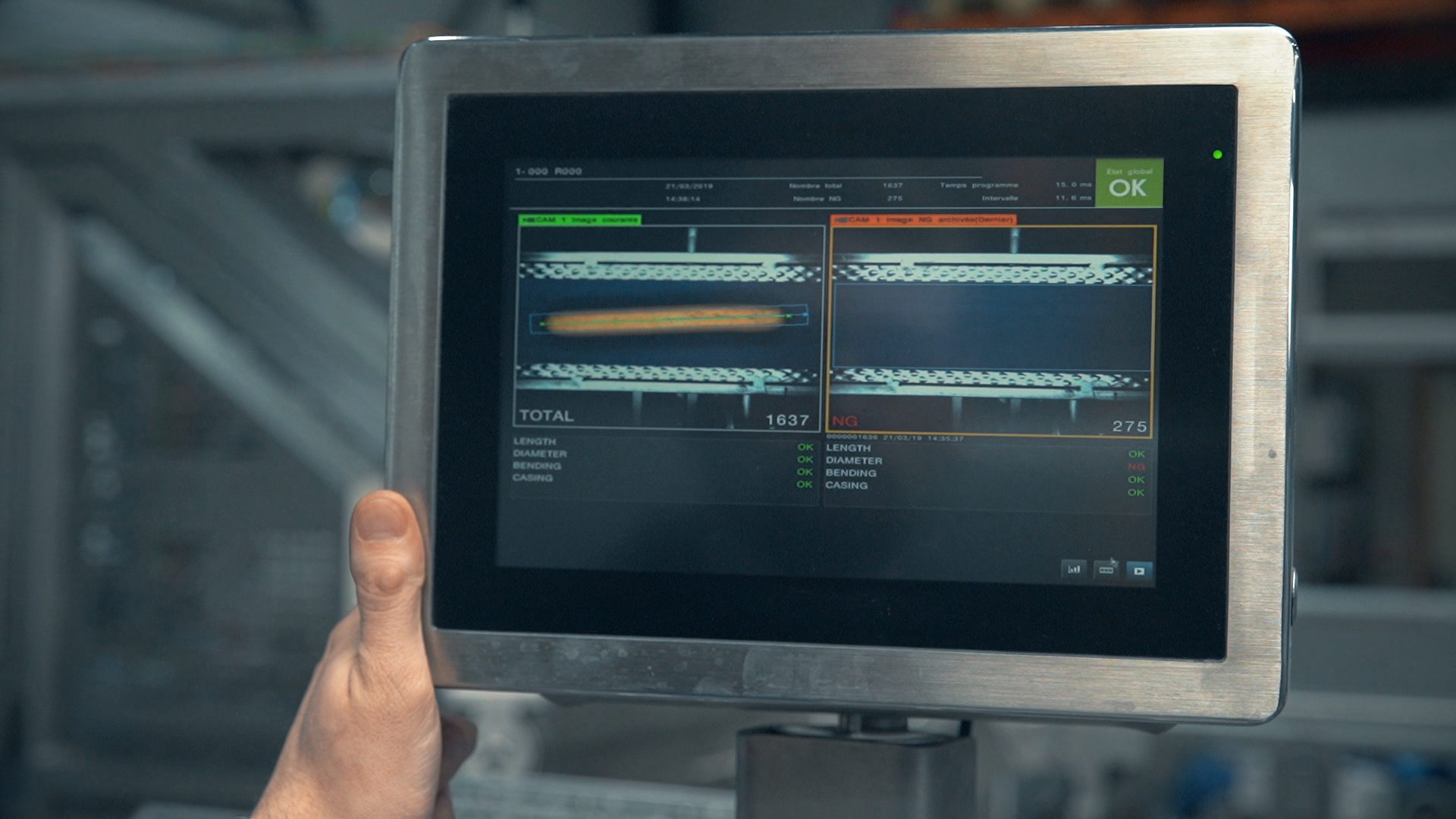Using a Volumetric Filler for Two-Compartment Bowls
Two-compartment bowls might be used for packaging some products using certain machinery. Find out how the MPFSC-120 can be used to fill these bowls below.
What are Two-Compartment Bowls?
Two-compartment bowls are food packaging that is used to separate two food sources. These include plastic, paper, and reusable packaging sources widely used in the food industry to package food such as fresh vegetables into different compartments.
How is a Volumetric Filler Used to Deposit Food Into Two-Compartment Bowls?
A volumetric filler helps operators to automatically dispense food quickly into two-compartment bowls. The MPFSC-120 volumetric filler can help users to dispense clean and accurate portions of various food items into compartments.
Example of Food That is Deposited: IQF French-Cut Green Beans and String Beans
The MPFSC-120 volumetric filler is used to deposit various food items such as cooked rice, pasta, cut vegetables, fruit, and refrigerated salads into two-compartment bowls. One of the foods that it expertly deposits is green beans and string beans - common vegetable sources that are often paired together for distribution to whole food retailers and food industries.
Watch The Video Here:
A volumetric filler machine such as a Multi-Fill MPFSC-120 volumetric filler can cut production and packaging time as it can fill hundreds of containers in a matter of minutes. It can help with the quick storage of fresh green beans, string beans, and other vegetables to increase its storage life. Watch this video for more info.
For a volumetric filler from an expert packing machines manufacturer,
call us today!
Designing a food filling line: Product is king



Stay in Touch
Product news, tips, subscribe to our newsletter:
Contact Us
We will get back to you as soon as possible.
Please try again later.














